Do you think you know what a volcano looks like? Some of the most beautiful mountains in the world are volcanoes, mountains such as My. fuji in Japan, Mt. Rainer in Washington State, and Mt. Etna in Sicily. Any opening in the earth's crust that has released molten rock is a volcano. A volcano is the mountain that builds up from volcanic eruptions.
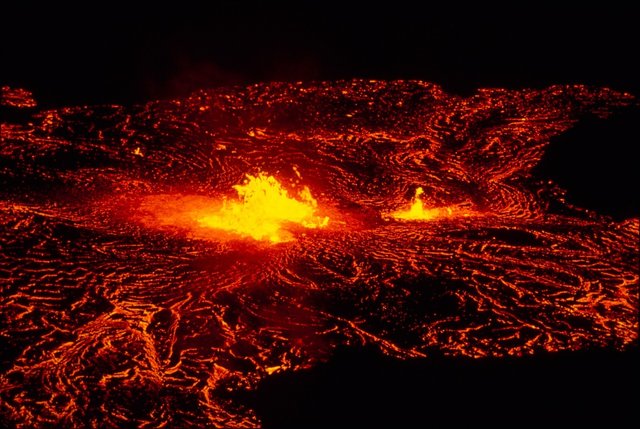
image source:pixabay
How volcanoes form
Magma, or molten rock, is under tremendous pressure deep inside the earth. Magma forms deep pockets called magma chambers in some places. Sometimes the magma cools and hardens deep within crust. However, if the pressure and heat are great, magma tends to force its way upward through the earth's crust.
The more heat and press acting on magma, the more potential energy it contains, the higher the potential energy, the more likely the magma will force it's way to the earth's surface. Magma reaches the surface of the earth such Magma is known as lava. Eruption occurs when lava reaches the earth's surface.
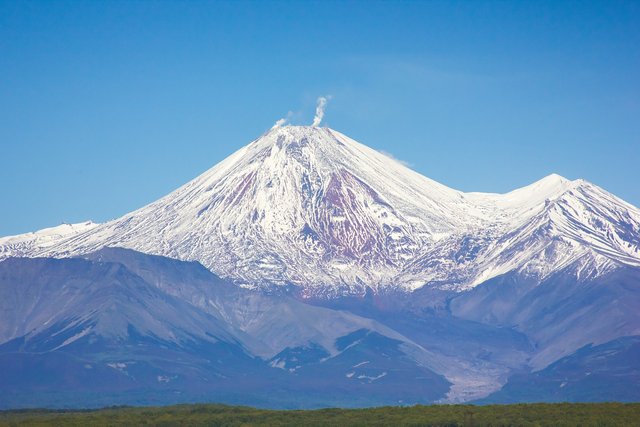
Image source:pixabay
What are the major parts of of an active volcano?
An active volcano is one that have erupted in the past century, those that haven't erupted are called dormant.
The major parts of an active volcano are.
Crater
Crater is the steep, hollowed out area surrounding a vent at the top of a volcano. It forms after a very explosive eruption.
Magma Chamber
Large pockets of magma form underground magma chambers. When magma is hot enough it makes towards the earth's surface through the cracks in the earth crust.
Vent
All volcanic material that reaches the surface emerges through some sort of vent, or opening. Vents are common at the topnof volcanoes.
Pipe
A pipe is a long, nearly vertical crack in the crust through which magma moves. Magma travels through a pipe to reach the earth's surface.
What are volcanic eruptions?
Volcanic eruptions range from calm and quiet outpouring of lava to violent explosions of rock particles, steam and gas. The chemistry, temperature, and pressure of the magma inside a volcano determines whether an eruption will be calm or explosive.
Lava Flows
Lava flows is a common type of eruption for some volcanoes, especially those in Hawaii. A lava flow is a steam of lava that flows from a vent.
River of Lava
This lava flow comes from Mauna Loa (pronunciation is mow night LOH uh) this is an active volcano on the island of Hawaii. When it hardens, it will form an uneven surface or very rough boulders and rocks. The streams may be narrow or wide.
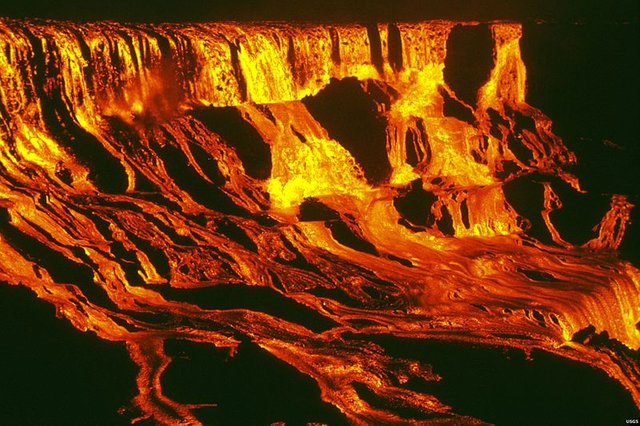
Image source:wikimedia commons
Volcanic Explosions
When volcanoes explode, they mainly release rock particles. These rock particles, are known as volcanic debris. They contain dust, ash, cinders, and bombs.
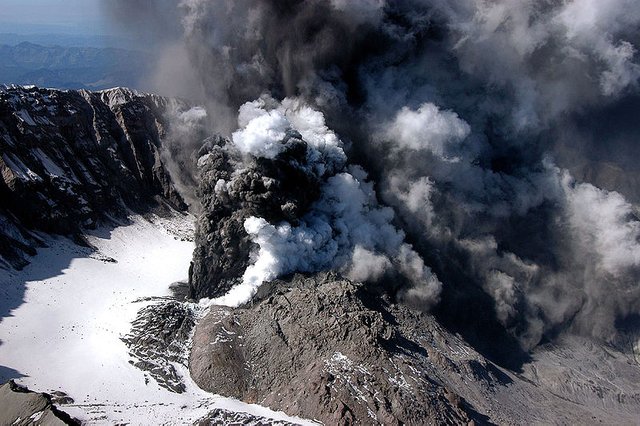
Image source:wikimedia commons
Ash
Ash can cover a very deep landscape. Fine grained ash may be carried by wind through hundreds of kilometers before it settles on the earth's surface. Some ashes are hot and they might ignite tees, plants and animals.
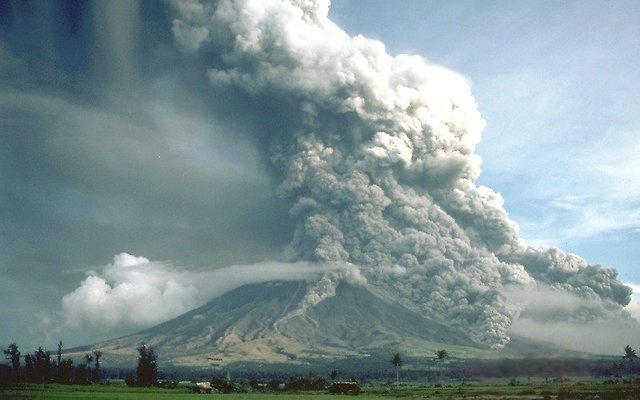
Image source:wikimedia commons
Bombs
Thrown from the vent as molten or semimolten masses, as volcanic bombs scale through the air, they cool. Some of this bombs are as large as cars.
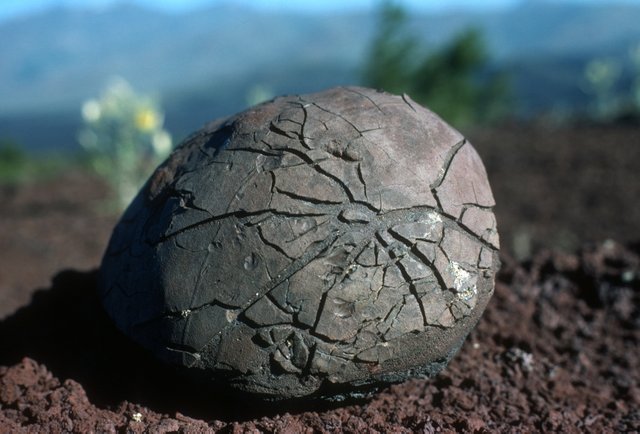
Image source:wikimedia commons
Types Of Volcanoes
Each type of volcanoes are named for it's shape or structure . They are.
Cinder Cone Volcanoes
These are volcanoes that form the products of explosive eruptions. Ash, cinders, and other volcanic debris form around the vent .They form wet silica rich magma.
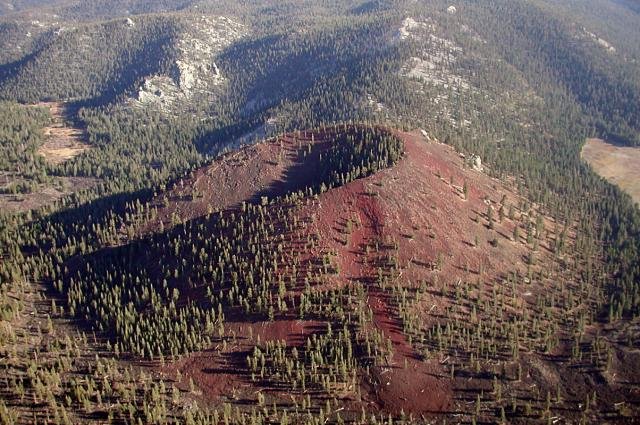
Image source:wikimedia commons
Shield Volcanoes
These are volcanoes that have flat top, shield like shapes. They are formed by running lava that flows easily when it reaches the earth's surface. As a result most lava flows away from the vent.
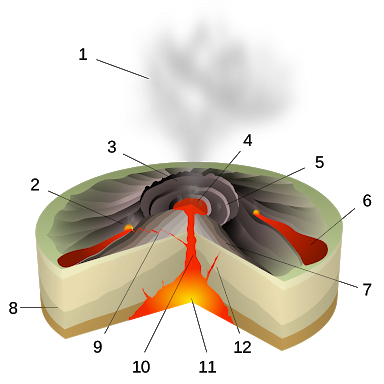
Image source:wikimedia commons
Composite Volcanoes
They are volcanoes that contain alternating layers of volcanic debris and lava. They are formed from many circles of eruptions. Most of them have steep tops but gently sloping bases.
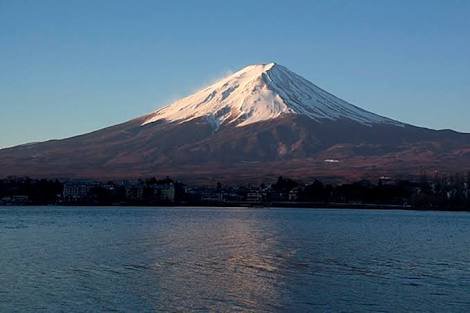
Image source:wikimedia commons
Areas of Volcanic Activities
Since most earthquakes occur along plate boundaries. Most volcanic activity occurs in the same region. Some volcanic activities can also produces earthquakes. As magma moves upwards, it may fracture rocks.
Ring of Fire
The Ring of Fire encircles the Pacific Ocean. Oceanic plates along the Ring of Fire move downwards. In this area, volcanoes occurs in long chains that stretch for hundred of kilometers.
Oceanic Ridge Systems
These systems are the earth's longest volcanic zones. Plated here are moving apart along Ocean ridges, forming cracks known as rifts. Magma rising from the rifts are cooled by the ocean. Lava builds up from the ocean bottom, forming volcanoes.
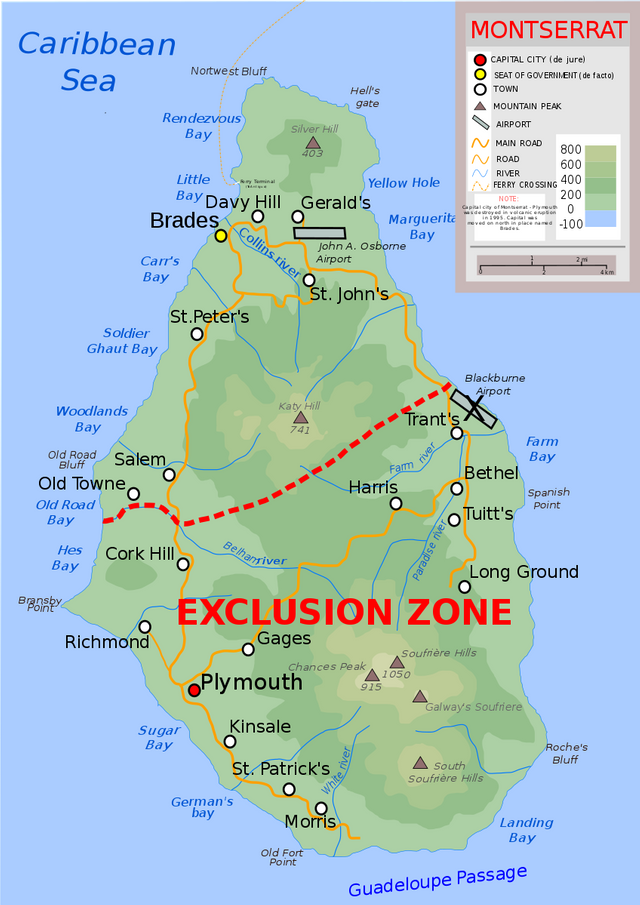
Image source:wikimedia commons
How does a volcanic island, once covered with Hot lava become home to living organisms?
There are signs of life on a volcanic island. Organisms can not survive on molten rock with temperature exceeding 1000°C. Yet most the world's volcanic islands are filled with life. The slow process begins when moistures from rains and fog reacts chemically with the exposed lava. Over time soils develops. Wind, waves, and birds scatter microbes, plant spores, and pollen. Lichens and mosses appears and break down rocks. Marine organisms such as algae, seaweed, kelp, corals, fishy, and marine animals are delivered by ocean currents. A new volcanic eruption may wipe out life but it will form again when new layer of lava cools.
Summary
Volcanoes have been calm and peaceful for centuries and most people that live in areas likely to experience volcanic eruption may not know if a mountain was a volcano. Earthquakes and volcanoes have a relationship and any region that has experienced an earthquake is likely to experience a volcanic eruption. People living is areas of high volcanic activities should always make research on volcanoes to avoid being stunned by volcanic eruption.
Being A SteemStem Member
Downvoting a post can decrease pending rewards and make it less visible. Common reasons:
Submit
educative post
Downvoting a post can decrease pending rewards and make it less visible. Common reasons:
Submit